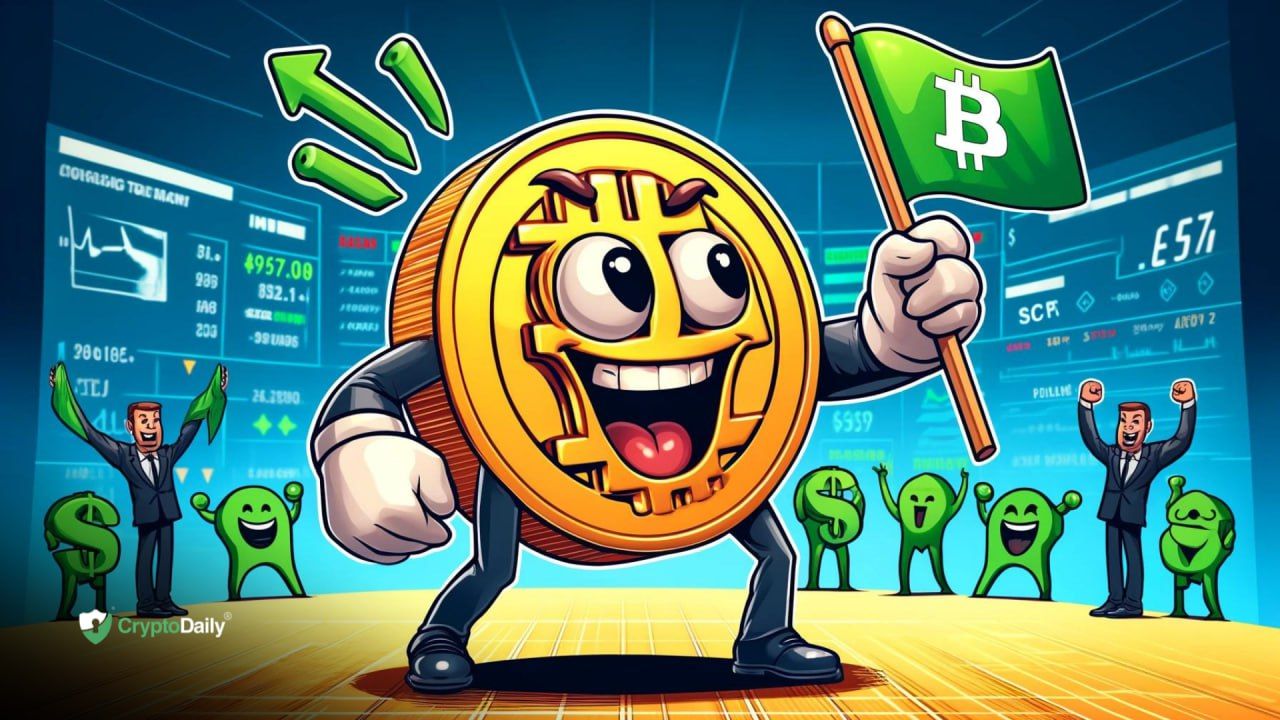Table of Contents
- Bitcoin Mining In A Nutshell
- Mining Costs Can Add Up Quickly
- Beware Of Potential Drawbacks
- An Alternative Way To Earn BTC With Stacks
Bitcoin mining remains an appealing option for newcomers who want to earn BTC. Although the process requires tremendous upfront investments to be competitive, many entities continue to explore these opportunities. However, there is a different way of earning BTC through a very different approach.
Bitcoin Mining In A Nutshell
The mining process on the Bitcoin network does not involve shovels and pickaxes. Instead, users contribute computational power to solve complex mathematical equations that create network blocks and validate transaction records. Those records and blocks form the blockchain, an immutable shared ledger of historical transactions. Contributing computational power grants users a share of the block reward- assuming they - or the pool of miners they joined- finds the next network block.
The Bitcoin network has a blockchain consisting of consecutive data blocks. It ensures previous transactions on the network cannot be undone, preventing reversals or chargebacks. However, users contributing to this process need to solve trillions of hashes with powerful computing hardware to try and find a new network block.
Moreover, they must contend with the mining difficulty - adjusting every two weeks, depending on the overall network's computational power. A greater difficulty can negatively affect one's overall earnings, as there is more competition to find the next block. There is no certainty regarding making money with Bitcoin mining, as earnings can vary greatly from one day/week to the next.
The dedicated hardware used to mine bitcoin is called an ASIC, or application-specific integrated circuit. These are specific circuits and chips designed for one task, in this case: mining bitcoin. ASICs are very expensive to buy, and users will spend months or years recuperating the initial cost. One must also consider the cost of electricity, as ASICs are very power-hungry machines.
Mining Costs Can Add Up Quickly
One big drawback to BItcoin mining is the overall cost of setting up an operation. Buying one ASIC, calculating its electricity costs, setting up cooling, and maintaining the unit are only the start. For many, that combined investment makes the option of mining BTC a lot less appealing. Additionally, one ASIC will not make a miner competitive or earn them much BTC.
The decision to either mine solo - which will likely never yield you anything - or join a pool is exacerbating these costs. Mining pools represent a collection of miners combining their computational power and sharing the block reward. However, pools may have a fee that reduces your earnings, which is worth investigating.
Depending on where you live, the cost of electricity alone might make Bitcoin mining unfeasible. Some countries provide access to rather cheap electricity, and setting up a renewable energy source will prove beneficial to miners. However, that is much easier said than done, warranting an upfront cost-benefit analysis before making any financial commitments.
Beware Of Potential Drawbacks
As appealing as Bitcoin mining may seem to acquire BTC, the landscape is ever-changing. The first potential drawback is regulatory uncertainty regarding Bitcoin mining. Most countries have no legal framework for this activity, yet crypto mining can be outlawed overnight. Gauging your country's sentiment toward Bitcoin is a good start, although policies can change when people least expect it.
A second point to consider is the financial risk. Making a significant upfront investment to set up a mining operation may not necessarily yield any return. Joining a mining pool can help negate this risk a bit, although it is not a guarantee for success either. It is not too "late" to get into Bitcoin mining, but the overall cost of setting up an operation is incredibly steep today, both hardware-wise and electricity-wise.
Third, there is the mining difficulty and block reward adjustments. The mining difficulty adjusts every two weeks, depending on overall mining competition. However, the block reward - currently 6.25 BTC per block - halves every four years too. So if the price per BTC does not rise significantly, miners will earn far less money over time.
An Alternative Way To Earn BTC With Stacks
Users looking to earn BTC can explore Bitcoin mining or speculation on exchanges. However, there is a third option, courtesy of Stacks. The network introduces decentralized applications and smart contracts on the Bitcoin network. Moreover, users who hold the $STX token and lock it on the network are eligible for reward cycles, earning them BTC rewards.
Stacking, as this method has been christened, grants over 300,000 STX holders a chance to earn BTC for holding Stacks' native token. Rewards come from miners who commit BTC funds to Stackers for adding value to the network. A dynamic amount of STX is required for participation.
Rewards for stacking are rather appealing. Per the website, the APY for the last cycle was 9%, paid in bitcoin, rather than other tokens. A 9% annual return in BTC ensures users can gain exposure to the world's leading cryptocurrency.
Moreover, users can stack through the native wallet, a custodial exchange, or multiple pools. It is good to see an alternative way to earn BTC that doesn't require taking too many financial risks or buying hardware that introduces more headaches to manage.
Disclaimer: This article is provided for informational purposes only. It is not offered or intended to be used as legal, tax, investment, financial, or other advice.













